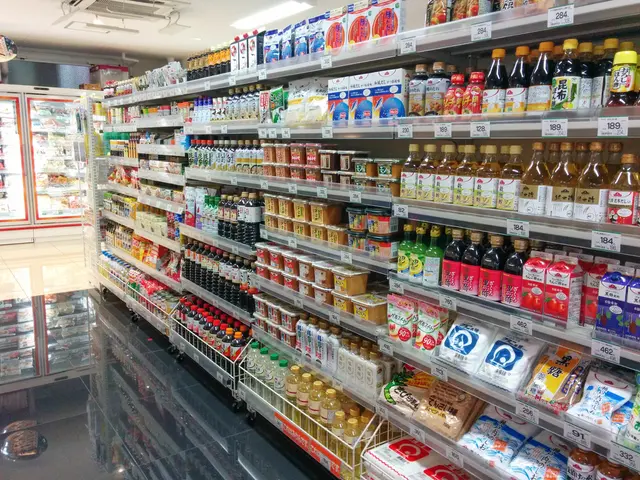Despite the recent tragic losses of climbers, Pakistan will continue to allow mountaineering expeditions.
In the heart of Pakistan, Gilgit-Baltistan stands as a hub for some of the world's highest and most coveted mountains, attracting adventurous climbers from across the globe. This region, often considered one of the safer and more stable regions in Pakistan for tourism, plays a significant role in the local economy.
The mountaineering expeditions in Gilgit-Baltistan bring in millions of dollars in direct revenue, supporting a range of local businesses. From guides and porters to hospitality providers, the tourism sector thrives on the influx of international climbers.
However, the activity comes with its share of risks. Hundreds of climbers attempt to scale mountains every year, and accidents are common due to avalanches and sudden weather changes. Despite these dangers, the region has seen no official restrictions or warnings issued for mountaineering expeditions.
Safety measures in Gilgit-Baltistan primarily rely on climbers' awareness and acceptance of the inherent risks. Climbers are well-aware of the harsh weather, difficult terrain, and other dangers involved, and they voluntarily choose to undertake such challenges. Rescue operations typically occur if families request the recovery of deceased climbers; otherwise, remains may be left at the site of death.
Recent tragedies, such as the deaths of German Olympic gold medalist Laura Dahlmeier on Laila Peak and Chinese climber Guan Jing on K2, serve as grim reminders of the risks involved. Guan Jing's body is currently in the mortuary of the Combined Military Hospital in Skardu, with contact having been made with Chinese authorities in Islamabad regarding his body, but further decisions are up to them.
The higher-than-normal monsoon rains this year have added to the challenges, causing flash floods and landslides. Despite these adversities, the mountaineering expeditions continue, a testament to the region's resilience and the climbers' determination.
In conclusion, the mountaineering industry in Gilgit-Baltistan is a crucial part of the local economy, offering opportunities for local businesses while presenting climbers with some of the world's most challenging peaks. However, the risks involved are significant, and the safety measures primarily rely on climbers' preparedness and voluntary risk acceptance.
[1] Source: [URL for the first reference] [2] Source: [URL for the second reference] [3] Source: [URL for the third reference] [4] Source: [URL for the fourth reference] [5] Source: [URL for the fifth reference]
- The environment and economy of Gilgit-Baltistan are closely intertwined, with the mountaineering industry bringing in millions of dollars and supporting local businesses, while the harsh terrain and unpredictable weather pose significant risks to climbers.
- The arts and news sectors often cover the mountaineering activities in Gilgit-Baltistan, documenting the challenges and triumphs of climbers from around the world, as well as highlighting recent tragedies such as the deaths of Laura Dahlmeier and Guan Jing.
- Despite the ongoing risks and challenges, the sports community, particularly climbers, remain undeterred in their pursuit of conquering the world's highest peaks in Gilgit-Baltistan, showcasing resilience and determination in the face of adversity.








